Editor’s Note: We welcome in our contributor, John Ingham, who has been researching more about how we as cyclists are helping our health, quality of life, and how nutrition fits into that. John recently submitted this latest update to his “Going the Distance” article.
Our Longest Ride – Update On Exercise, Diet, and Longevity- by John Ingham
In “Going the Distance,” (March 29, 2017) 1 I took issue with James O’Keefe, a cardiologist who had been arguing that there is a U-shaped or curvilinear relation between exercise and cardiovascular benefit. According to O’Keefe moderate exercise is better than no exercise, but more than three to five hours of exercise per week can cause arrhythmias, hardening of the arteries, pathological heart remodeling, and sudden cardiac arrest. 2 Not the sort of thing gravel riders want to hear.

The adverse consequences O’Keefe was highlighting were real enough, but it seemed to me that he was underestimating the benefits and exaggerating the dangers of high-volume aerobic exercise. It also seemed to me that we could minimize unwanted consequences of endurance exercise with proper training, by avoiding carbohydrates and sugar, by allowing sufficient time for recovery, and by getting enough sleep. Less than two years later, it is virtually certain that strenuous, high-volume endurance exercise is far more likely than not to lengthen health spans and lifespans, and there is mounting evidence that low carbohydrate eating and fueling can not only ensure better health and minimize exercise-related coronary harm but also improve long-distance performance.
In a study of 122,007 patients, the Cleveland Clinic researchers found a linear correlation between cardiorespiratory fitness and longevity, “without evidence of a plateau effect or U-shaped association.” Statistical analysis that controlled for confounding variables showed that additional exercise added lifespan at every point on the continuum, the greater the cardiorespiratory fitness, the lower all- cause mortality. Extremely fit patients were living the longest regardless of age—full stop! 3

A study by the Cooper Institute also shows that the relation between exercise and longevity is linear, not curvilinear and, at the same time, points to how diet can leverage the longevity effects of exercise and prevent the adverse outcomes that worried O’Keefe. The Cooper Institute researchers tracked 40, 269 healthy men over a thirty-one-year period. They sorted the men into four groups by their triglyceride/HDL ratios. Low triglyceride over high HDL is one of the best predictors of cardiovascular health. The ratio is a proxy for LDL particle size. The lower the ratio, the more LDL particles are likely to be large, buoyant, and beneficial (pattern A) rather than small, oxidized, inflammatory, and harmful (pattern B). A low triglyceride to HDL ratio also indicates insulin sensitivity, another biomarker for good health. The researchers subdivided the four groups by three levels of physical fitness with a maximal treadmill stress test. Mortality declined with fitness in linear fashion; in all four groups, strenuous exercisers were least likely to die from heart attacks and in all four groups, independently of exercise, mortality declined in step-wise fashion with lower triglyceride/HDL ratios. 4
A third study is a coup de grace for the U-shaped relation. Strenuous, high volume exercise preserves telomeres, the protective nucleoprotein caps on the ends of chromosomes. The shortening of telomeres as we age exposes chromosomes to damage and shortens lifespan. A study of 5,823 men and women found that the telomeres of sedentary individuals and moderate exercisers were nearly the same length, whereas the telomeres of individuals who engage in high levels of physical activity were much longer, equivalent to a nine-year reduction in physiological aging. 5
In the Cooper Institute study, the fewest coronary deaths occurred among strenuous exercisers who had the lowest triglyceride/HDL ratios. A low carbohydrate/high fat (LC/HF) diet invariably improves triglyceride/HDL ratios along with other health biomarkers. LC/HF eliminates added sugar and avoids or greatly reduces intake of grains, legumes, and starchy root crops and emphasizes instead low glycemic vegetables and fruits along with nuts, healthy fats, and modest intake of protein from pastured eggs, fatty wild fish, and grass-fed beef (the domesticated counterpart of wild game). When carbohydrates are limited to less than 50 grams per day, LC/HF induces nutritional ketosis, a state in which the body shifts from running primarily on sugar to running more on ketone bodies and fatty acids. Avoiding sugar and refined carbs, processed food, and junk food can be a step in the right direction, but LC/HF and nutritional ketosis are better yet for reducing systemic inflammation and weight and for improving triglyceride/HDL, LDL particle size, blood sugar, insulin sensitivity, and blood pressure. 6
O’Keefe was partly right. High volume endurance exercise can have adverse cardiovascular consequences in some individuals. Giving up long-distance cycling, however, would be like throwing the baby out with the bathwater. There are steps we can take to avoid exercise-related cardiovascular problems while enjoying the benefits of high-volume exercise. Taking such steps, moreover, can improve performance.
Some basic nutrition facts are helpful here. There are three groups of macronutrients: carbohydrates, proteins, and fats. Sugar is a carbohydrate and all carbohydrates turn into glucose in the body. Human beings have no essential need for carbohydrates; the liver can make what sugar we need from protein through a process known as gluconeogenesis. Carbs and fats satisfy hunger and energy needs better than protein, and the need for protein is limited in any event.
Vegetables and fruits contain valuable micronutrients and fiber and tend to be lower down on the glycemic index. It follows that if we are to cut high glycemic and junk carbohydrates, we are bound to increase fat, vegetables, and fruits, that is, we are bound to move away from the standard American diet toward a high fat version of the Mediterranean diet or toward some form of Paleo or LC/HF. Debates about the relative merits of these diets are ongoing, but the argument for avoiding sugar and carbohydrates and increasing fats is getting stronger. 7
Repeated efforts to blame dietary fat for cardiovascular disease have failed. Multiple meta-analyses find no relation in the aggregate between fat and coronary disease (trans fats and polyunsaturated seed oils, though, are dangerous and saturated fat can be risky for some individuals—see note #7). Meanwhile, evidence that sugar- and refined carbohydrate-heavy diets are the principal dietary factor in cardiovascular disease is growing. Worldwide, carbohydrate intake (bread, pasta, and sugar in particular) accounts for more coronary deaths than any other dietary factor. High sugar diets increase the risk of fatal heart attack by 300 percent or more. 8, 9

Carbohydrate loading before events and fueling with sugary bars, gels, and sports drinks during strenuous exercise—common practices among endurance athletes—are probably not a good idea. Research at the University of Texas
Medical School in Houston has shown in a mouse model that sugar drives pathological heart remodeling under exercise load (the researchers found evidence for the same process in humans). Accordingly, nutritional ketosis sidesteps and even reverses the damaging consequences for the heart of burning sugar. While the heart can run on sugar, lactic acid, and fatty acids, it prefers ketone bodies and, in fact, runs more efficiently and safely on them. In rat, mice, and pig models, ketogenic diets prevent glucose-related heart damage and reverse pathological heart enlargement and other coronary abnormalities. 10
Sugar and carbohydrates are bad news in various ways. High sugar intake causes increases in LDL along with high triglyceride/HDL ratios. Burning sugar and carbohydrates activates inflammatory pathways. 11 Sugar is sticky. Serum glucose thus promotes platelet activation and blood clotting. It also drives up insulin and promotes insulin resistance, a major factor in cardiovascular disease and other chronic diseases. Insulin suppresses the body’s natural clot dissolving processes. It also blocks access to fats in adipose tissue as a source of energy and thus promotes obesity and associated adverse health consequences.
Besides supporting cardiovascular health and minimizing heart damage during exercise, avoiding sugar and carbs can improve performance. All things being equal, lean cyclists are faster. A low carbohydrate diet is much more effective for weight loss than a low fat diet. 12 Because even lean bodies contain far more burnable fat than glycogen, ketogenic endurance athletes can go hard for hours with little or no supplemental fueling. And because fueling on fat rather than glucose is less inflammatory, they also recover faster from strenuous exercise and are able to train more without risking chronic fatigue. Although it has been assumed that athletes require sugar/carbs for strenuous effort, the FASTER study by Volek, Phinney, and their collaborators found that ketogenic diets raise the threshold for shifting from fat to glucose/glycogen for fuel as effort increases; well-trained ketogenic athletes can perform at levels of power output once thought impossible while burning only fat. 13 Moreover, because ketogenic athletes burn fat over wider ranges of effort, and because they conserve glycogen better, they are nearly bonk proof. There is a catch, however. Up to a point they can use sugary gels, etc. to restock glycogen in ultra-distance events, but too much sugar can spike insulin and shut down fat burning. The search is thus on for ways to improve metabolic flexibility and to refuel without spiking blood sugar and insulin. Some endurance athletes are finding a solution for this problem in UCAN’s Superstarch. 14
Poor conditioning and too little rest and recovery also play a role in exercise-related cardiovascular problems. Physiological markers of harmful heart stress occur in some poorly conditioned runners after Boston marathons, for example, whereas well-conditioned runners show little or no sign of undue coronary stress. Yet, overtraining can also cause problems. Rest following strenuous activity is crucial not only for building strength and endurance but also for avoiding chronic inflammation and lasting damage. Prudent gravel riders will seek sweet spots between training too little for races, on the one hand, and training too much, on the other.
Adequate sleep is an essential component of this repair, recovery, and strengthening process. Getting out of bed at the same time every morning, not eating before bedtime, putting blackout blinds on bedroom windows, and avoiding caffeine late in the day can help. Natural light early in the day and avoiding artificial light (especially the blue light of televisions, computer screens, and smart phones) in the evening can be especially helpful. Time spent in nature does many good things for us. Among other things, it normalizes circadian rhythms and promotes more restorative sleep. If you cannot tear yourself away from the television or smart phone, you might want to try blue blocking nighttime eyewear. Look for lenses that block the entire 280-510nm spectrum.

The recent research on exercise and longevity should be very reassuring for gravel riders, to say the least. The health benefits of regular long-distance cycling are huge. Meanwhile, any adverse cardiovascular consequences of endurance exercise are probably more a result of too much sugar and carbohydrate, improper training, and too little sleep and recovery than exercise per se.
The recommendation to avoid carbohydrates and sugar can be a hard sell, to be sure. For many of us carbs and sugar are tasty, comforting, and familiar, and all of us have been ill-advised for years that they are better for us than fats. As we have seen, though, the science is changing in favor of fats, and as it happens, shifting to a low carbohydrate diet is more appetizing and more sustainable than its critics would have you believe. After a week or two, one begins to see for one’s self the benefits and feels motivated to stay the course. Belly fat and hidden visceral fat begin to melt away and one notices more mental clarity and less muscle and joint inflammation. Change, moreover, does not have to be all or nothing. Much of the harm in the American diet is caused by high fructose corn syrup in soft drinks and fruit drinks. Ditching them can be a big step in a better direction. Finally, there are many readable books and various trustworthy, science-based web sites that support low carbohydrate lifestyles. Incidentally, James O’Keefe is not a villain in this story. He is one of a growing number of physicians and medical scientists who are building the case against sugar- and carbohydrate-heavy diets and who are recommending instead a more ancestral lifestyle.
Readings and Resources
Jeff S. Volek and Stephen D. Phinney, The Art and Science of Low Carbohydrate
Living (Beyond Obesity 211) and The Art and Science of Low Carbohydrate
Performance (Beyond Obesity, 2012); Nina Teicholz, The Big Fat Surprise: Why
Butter, Meat & Cheese Belong in a Healthy Diet (Simon and Schuster, 2014);
Tim Noakes, Jonno Proudfoot, and Sally-Ann Creed, The Real Meal Revolution:
The Radical, Sustainable Approach to Healthy Eating (Robinson, 2015); Gary
Taubes, The Case Against Sugar (Portobelo Books, 2017). See also
MarksDailyApple.Com, DietDoctor.Com, and peterattiamd.com, among others.
1 http://ridinggravel.com/editorial/training-editorial/going-the-distance/
2 https://www.youtube.com/watch?v=Y6U728AZnV0&t=20s
3 https://jamanetwork.com/journals/jamanetworkopen/fullarticle/2707428
4 https://www.cooperinstitute.org/2017/11/28/cardiorespiratory-fitness-the-triglyceridehdl-ratio-and-coronary-heart-disease-mortality-risk-in-men).
5 https://www.ncbi.nlm.nih.gov/pubmed/28450121
6 There is a caveat about fat. In some individuals on a LC/HF diet, LDL-C and
LDL-P go up, sometimes way up. Some cardiologists believe that LDL particles
are only concerning if they are small, oxidized, and inflammatory, whereas others
say that high LDL is dangerous in any case. One solution here is to favor
monounsaturated fat, while reducing saturated fat. Foods with monounsaturated
fats include olive and avocado oils, avocados, fatty cold-water fish like sardines
and salmon, and nuts.
7 Eliminating sugar and reducing carbs is the key feature. Variations on LC/HF
(e.g., Paleo, Primal, South Beach, Atkins, Whole 30, and, to some extent, high fat
versions of the Mediterranean Diet) share this feature, although they can differ in
other respects. In contrast to some versions of the Paleo diet, LC/HF involves
only modest protein, but the source of protein is critical. Unlike feed-lot beef,
grass-fed beef includes vitamin K2, an optimal balance of omega 6 and omega 3,
and less palmitic acid. Vitamin K2 activates proteins that channel calcium out of
the blood and into bones. Too little K2 promotes hardening of the arteries and
weak bones. Too much omega 6 in relation to omega 3 is inflammatory.
8 https://www.ncbi.nlm.nih.gov/pmc/articles/PMC5946196/
9 https://www.ncbi.nlm.nih.gov/pmc/articles/PMC4856550/pdf/nihms751491.pdf
10 https://ketogenic.com/the-heart-is-primed-to-use-ketones-during-heart-failure/
11 https://www.ncbi.nlm.nih.gov/pubmed/18046594
12 https://www.bmj.com/content/363/bmj.k4583
13 https://www.sciencedirect.com/science/article/pii/S0026049515003340
14 https://peterattiamd.com/introduction-to-superstarch-part-i/


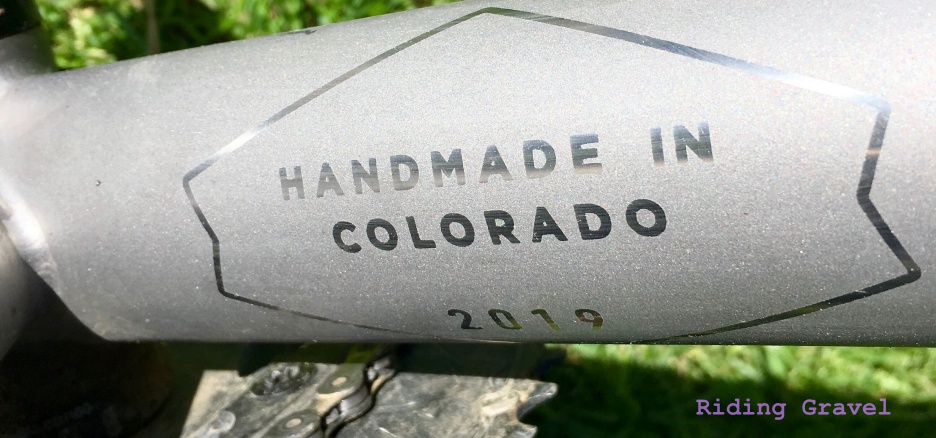
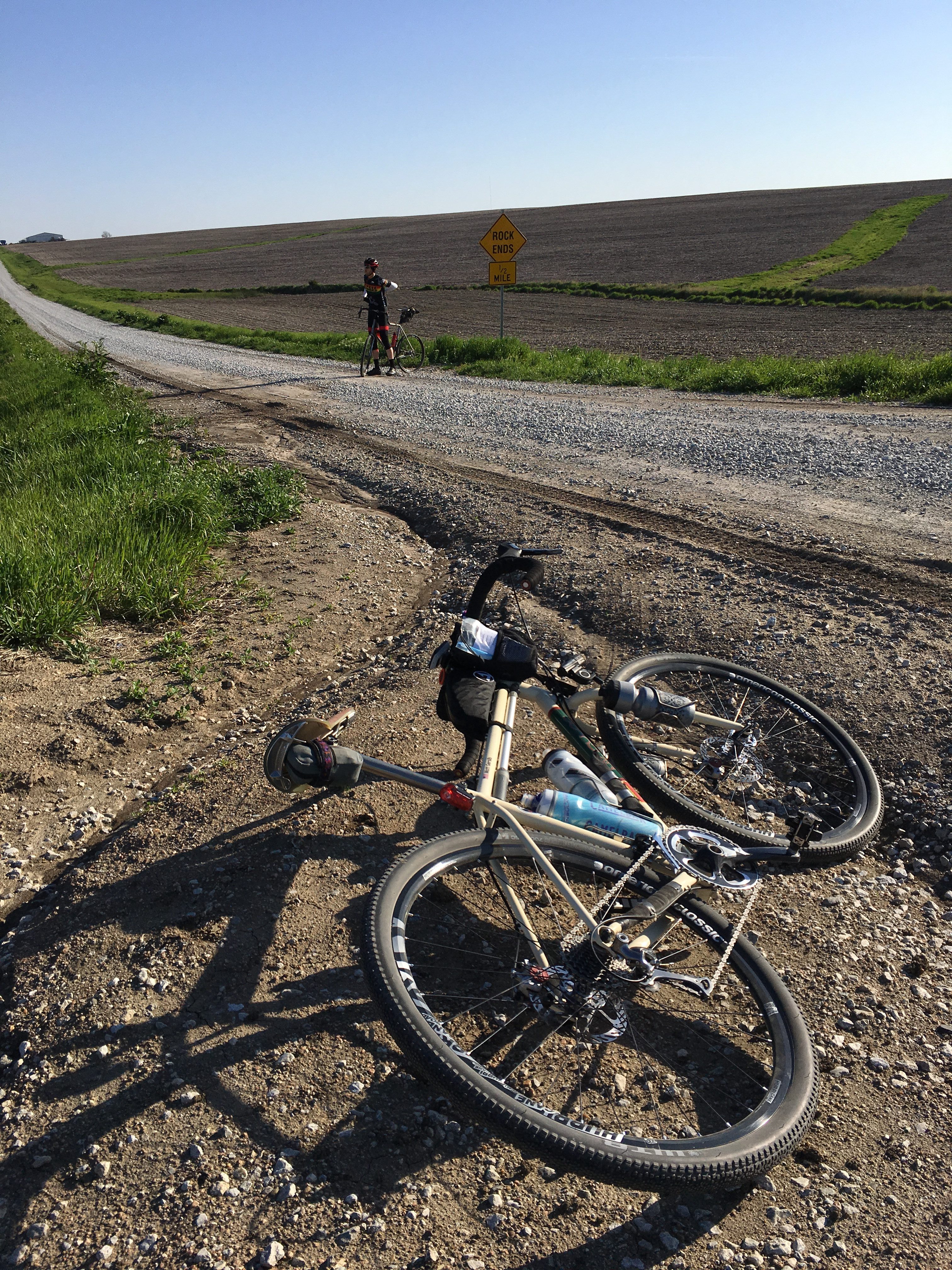

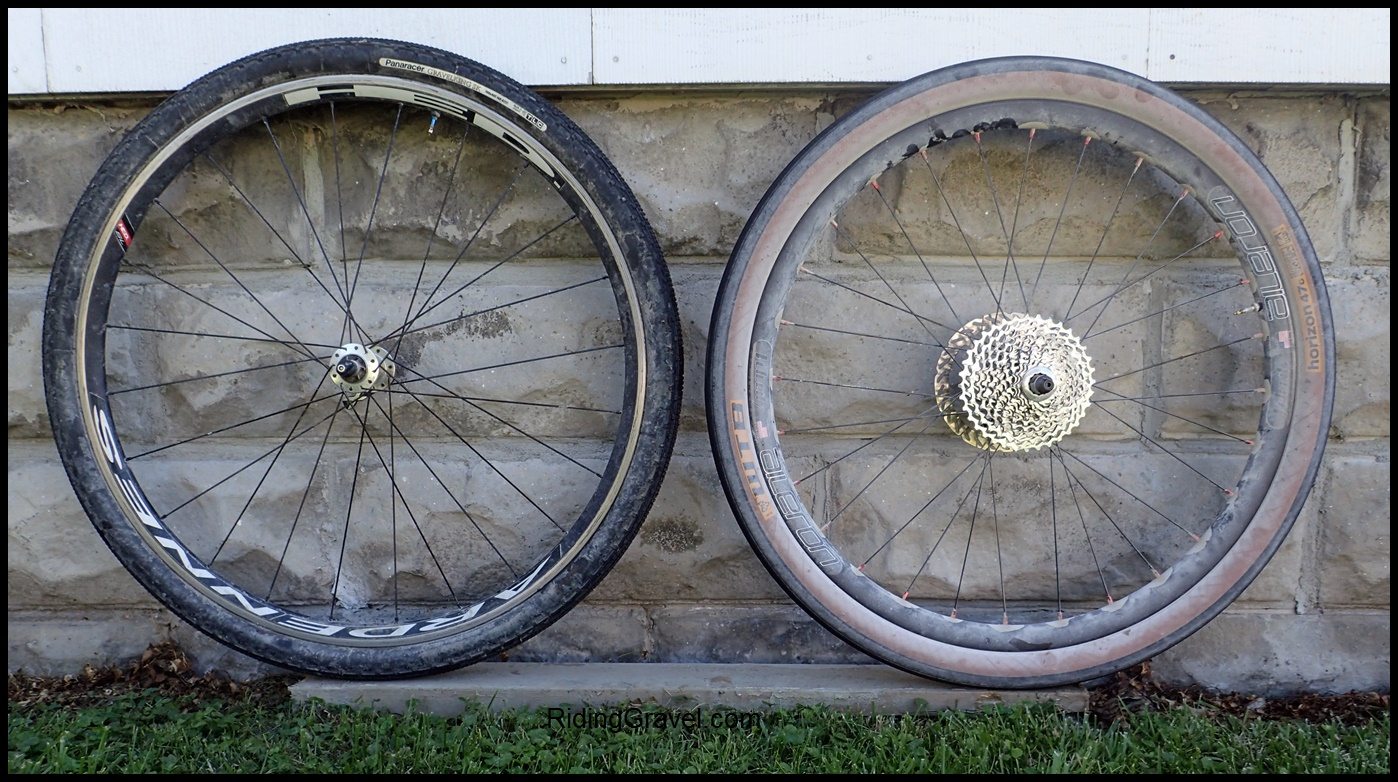


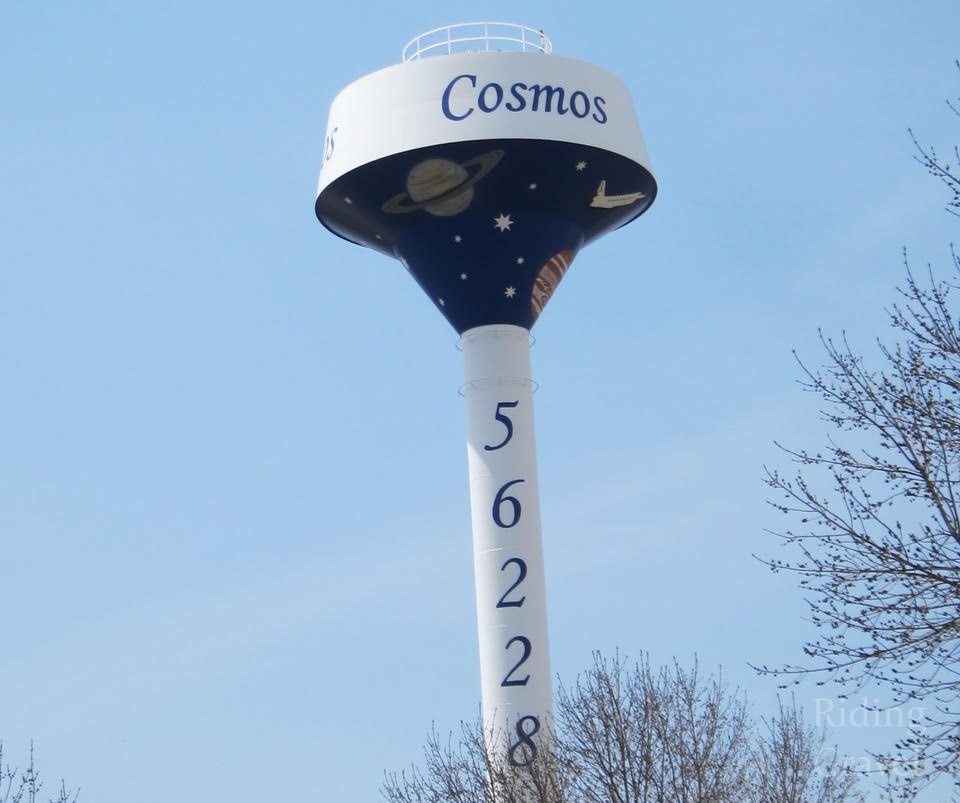
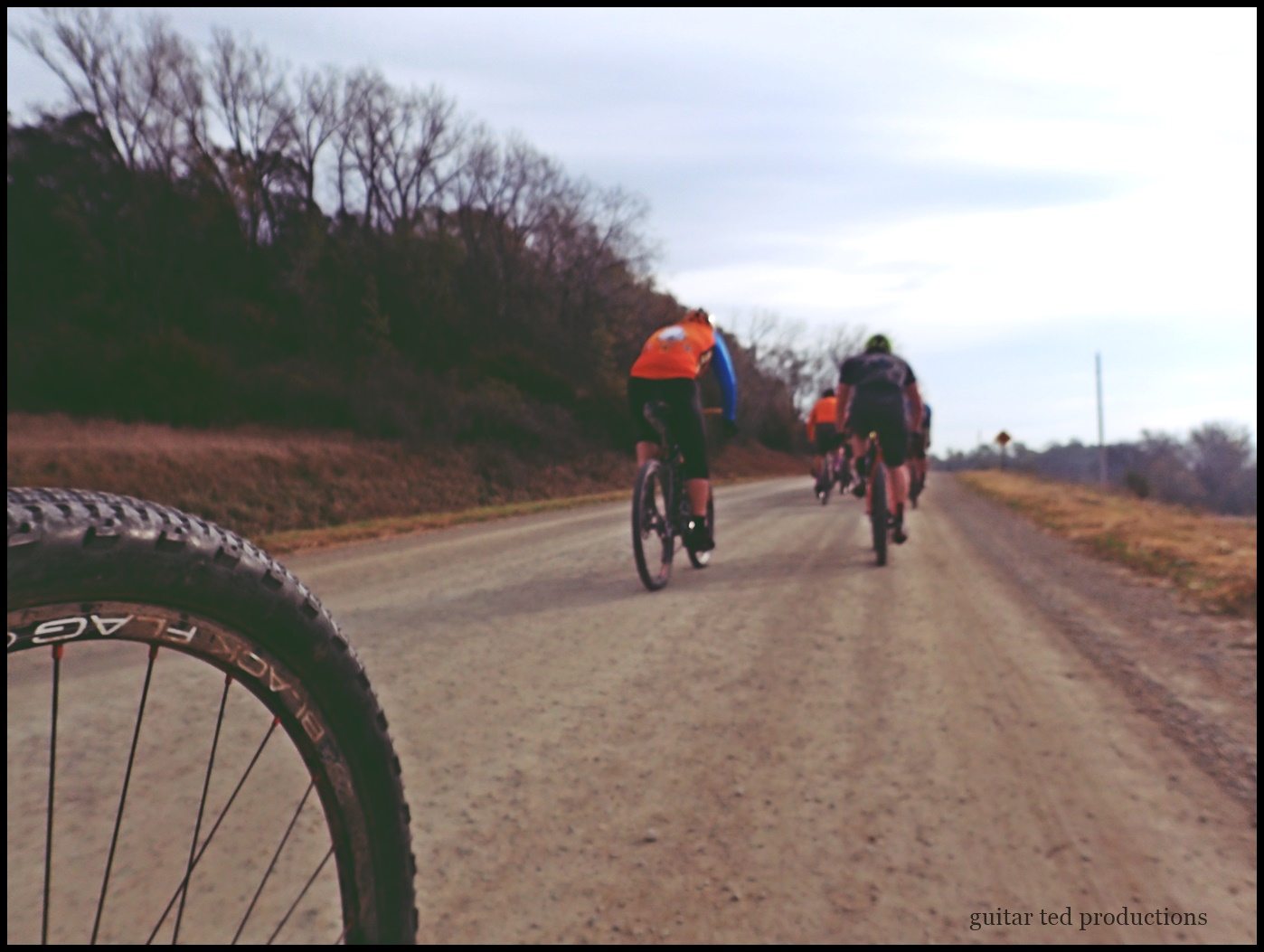

I wouldn’t give up my bike even if it did cause heart attacks. Having the “Big One” while spinning the cranks seems like an excellent way to go. Better than wasting away in some damm nursing home.
While I agree that minimizing the consumption of processed sugar and starches is desirable. Along with minimizing the consumption of excessive animal fats. And eating lots of fruits and vegetables is a benefit. I believe that staying thin is the most import issue. Riding my bike frequently keeps me thin while still allowing me to enjoy most foods. I wouldn’t want to have a highly restrictive diet that took away from the pleasures of eating the wonderful variety of foods available. Quality of life matters. Who wants to live a long life if your not enjoying it!!!
Hi Mark,
I love this article. Thanks for shedding light on what many of us long distance riders have been thinking about for years.
I tried going to a keto diet after hearing Billy Rice talk about finishing the last 100 miles of the Divide on a handful of cashews. I went too hard too fast, avoiding nearly all carbs as much as possible for over a month. Felt great, but then after a longer ride, crashed hard 1 hour after the ride was over with the “carb flu”. I look forward to a suggested fueling regimen to promote long distance cyclist heart health. What are you planning to fuel with on your next big ride? Olive and avocado oils, avocados, fatty cold-water fish like sardines
and salmon, and nuts? Thanks so much for all the information you have provided over the years.
-Nick Janssen
@RideAlongside
John,
I have been doing a lot of reading on HFLC diets and the health benefits. The following tidbit was new to me but really helped some of the facts click:
“[Insulin] also blocks access to fats in adipose tissue as a source of energy and thus promotes obesity and associated adverse health consequences.”
I knew that excess sugar causes the body to have to convert it to fat to regulate blood sugar, but I didn’t realize that it also effects the ability to burn fat. But it makes sense since fat isn’t burned directly, only after converting to sugar. If the process is going both ways at once, blood sugar would not be effectively regulated.
This is the key thing that I don’t often see explained: dietary fat does not lead to body fat; excess dietary sugar does. Why? Because your body needs blood sugar kept in a very fine range to survive and it has a lot of mechanisms built in to regulate that. It can convert fat or protein to sugar, so you don’t have to ever eat any sugar. If you eat sugar your body is forced to absorb it and it goes straight into the blood. If you have too large a dose (at any instant) your body has to work extra hard to get rid of it and the only way to do that is to store it as body fat. This causes you to get fat and inflamed. On the other hand, if you eat too much fat, your body can simply choose not to absorb it and pass it as waste. No harm no foul.
One last important point. The key thing about cancer cells is they only become a problem when they multiply too fast for our body to find and kill these defective cells before they proliferate and outnumber the good cells. Well, it turns out that the only way for cancer cells to multiply so fast is to be powered by sugar. If you go into ketosis, the cancer cells lose their energy source. And their life cycle is short ( that’s how they multiply so fast). So being in ketosis for 3 days can be effective in killing cancer cells. This is not a full on cure, but it is good preventative maintenance and studies have shown ketosis helps make chemotherapy more effective.
Actually even “low carb” can still switch off burning of body fat. The best approach appears to be fasting a bit. This article explains it really well.
https://betterhumans.coach.me/why-caloric-restriction-fails-part-2-ec0c0c337649
Nicely done. As a physician, I wish all my patients, whether cyclist or not, would understand this. Processed carbs are a ruse thrust upon us all by the food industry for the last 20-30 years.